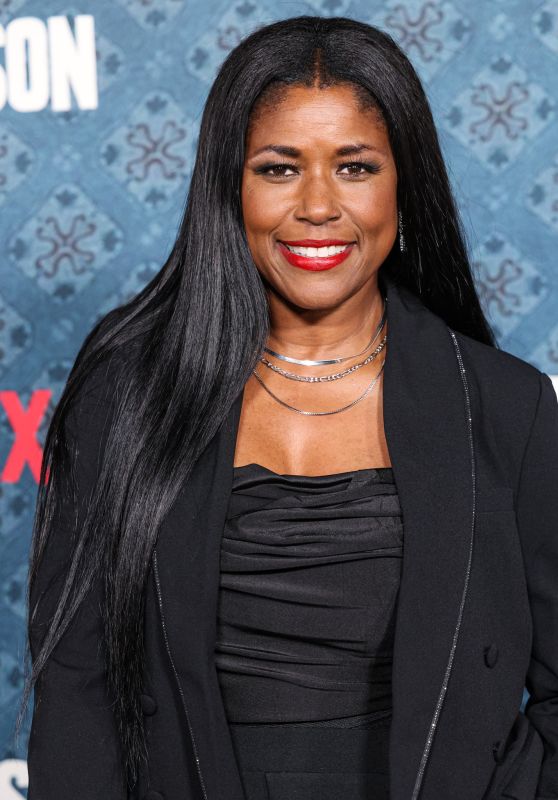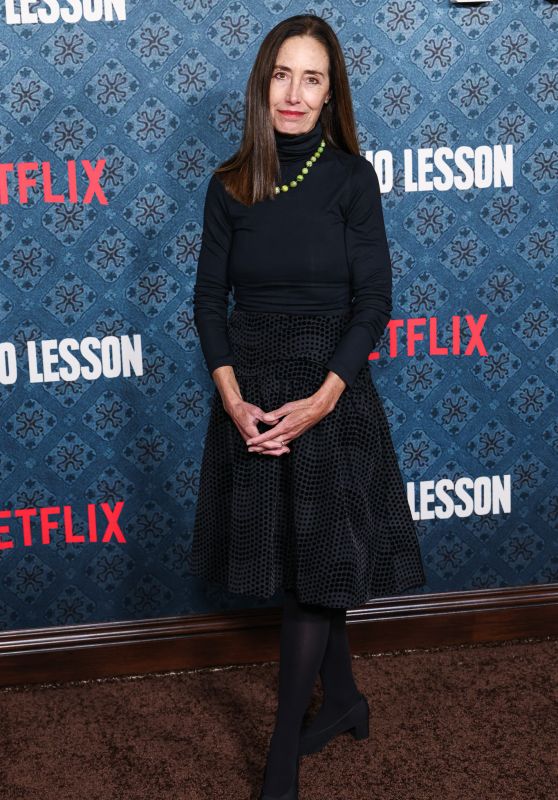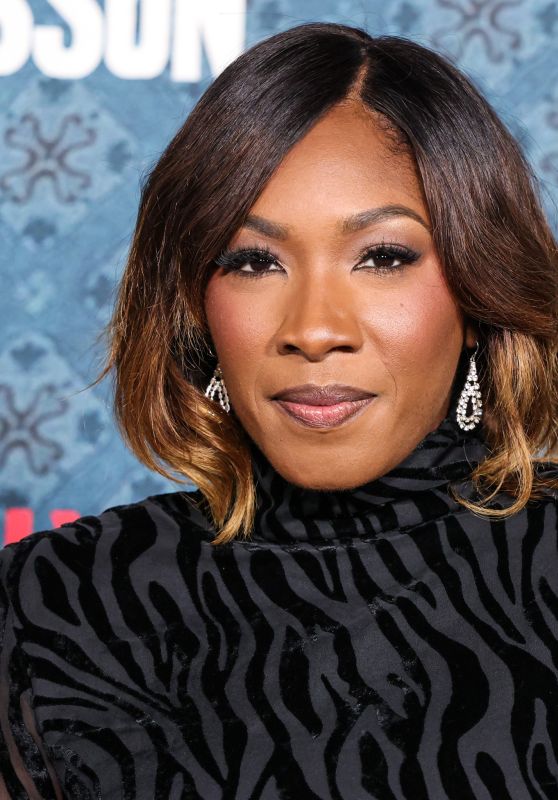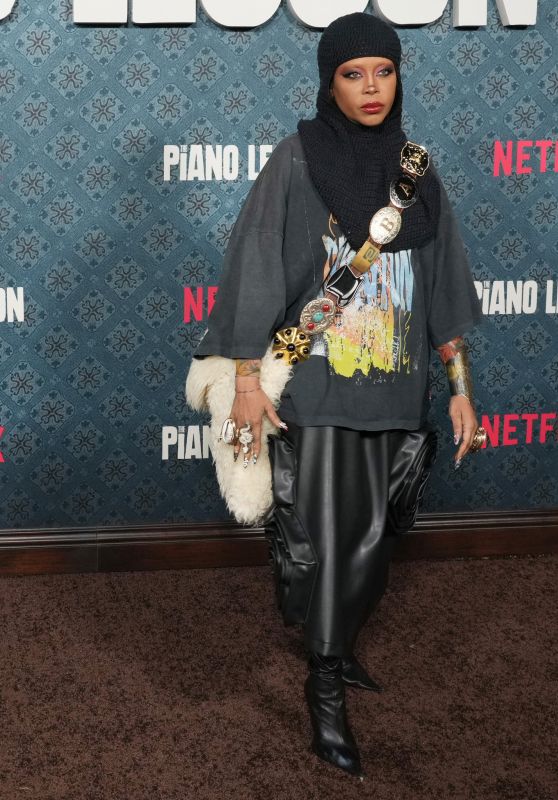Shot and situated in New York, Lee’s original Wedding Banquet follows a bisexual Taiwanese immigrant named Wai-Tung who lives with his boyfriend. Exhausted by his conservative parents’ persistent nosiness around his love life, Wai-Tung marries a woman from mainland China who’s in need of a green card, an arrangement he hopes will allow him to live his life in peace. Naturally, his parents travel from Taiwan to throw him a traditional wedding banquet, forcing Wai-Tung, his “roommate,” and his new bride to perform an elaborate, extensive charade—one that inevitably reveals core truths about their fraught, if loving, relationships with one another.
The 1993 film was produced in part by Oscar nominee James Schamus, who also backs Ahn’s modern update, set to hit theaters in the spring. (Schamus cowrote the screenplay with Ahn too.) Set in Seattle, this version has a fuller ensemble, telling a larger story about a chosen family. Angela (Tran) and her girlfriend, Lee (Lily Gladstone), are trying to have a baby through IVF; their best friends, Chris (Bowen Yang) and his partner Min (Han Gi-chan), live in their guesthouse. While Angela and Lee struggle to decide whether to pay for another round of fertility treatments, Min faces pressure to go back to his native Korea to take over the family business. A wedding plot is hatched: Angela will fake-marry Min in a traditional Korean ceremony. That way, she can raise funds for IVF while he secures a green card—and creates a sheen of old-fashioned respectability for back home.
“Weddings are intensely important markers in the growth of your relationships, even fake ones,” Ahn says. “Through the process of planning it, of going through it, you grow in your relationships.” The scheme tests the very tight bond between Yang’s Chris and Tran’s Angela. It prods Chris to consider his own commitment to Min. And it intensifies Lee and Angela’s plans to raise children. “You can’t whoopsie-daisy a baby in the way that straight people can,” Ahn says.
The cast has been working together for a few weeks by now, and an intense feeling of community defines the set—between takes, over lunch, even down in video village. “The four of us claimed each other so quickly. There’s space for everybody to try things, to have fun, to just bounce off of each other,” says Oscar nominee Gladstone, who’s thrilled to be doing some comedy after the heavy one-two punch of Killers of the Flower Moon and Under the Bridge. “If I were to put a word around it, it’s ‘precious.’ Everybody feels precious to each other.”
Today’s shoot leans heavily on Han and Tran. A crane looms over them in the University Women’s Club of Vancouver, whose century-old clubhouse provides the set for the wedding and reception. It’s a tight space, and the crew must move inch by inch, take after take, to elegantly capture the characters, wearing their formal costumes, in the procession. Han recognizes the woman playing the film’s officiant: They went to high school together. The two reunite before the officiant resumes checking the set, making sure its depiction of a traditional Korean wedding is accurate: “Where’s the cup?”

![Christina Aguilera at H&M Ribbon-Cutting Ceremony [11-21-2024]](https://celebmafia.com/wp-content/uploads/2024/11/christina-aguilera-at-h-m-ribbon-cutting-ceremony-11-21-2024-6_thumbnail.jpg)






![Rebel Wilson Spotted in Hollywood: A Bold and Beautiful Sighting [11-21-2024]](https://celebmafia.com/wp-content/uploads/2024/11/rebel-wilson-spotted-in-hollywood-a-bold-and-beautiful-sighting-11-21-2024-5_thumbnail.jpg)

![Louise Redknapp at Chiltern Firehouse [11-21-2024]](https://celebmafia.com/wp-content/uploads/2024/11/louise-redknapp-at-chiltern-firehouse-11-21-2024-5_thumbnail.jpg)
![Chrissy Teigen Keeps It Cozy in NYC [11-21-2024]](https://celebmafia.com/wp-content/uploads/2024/11/chrissy-teigen-keeps-it-cozy-in-nyc-11-21-2024-2_thumbnail.jpg)








 English (US) ·
English (US) ·